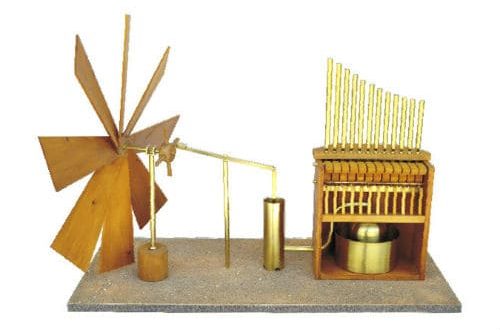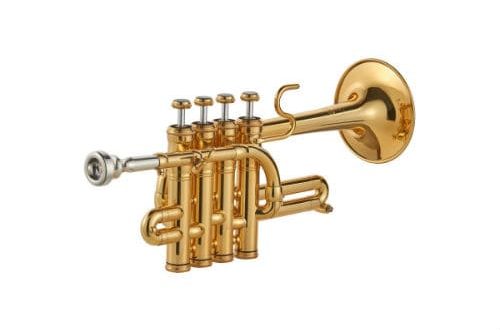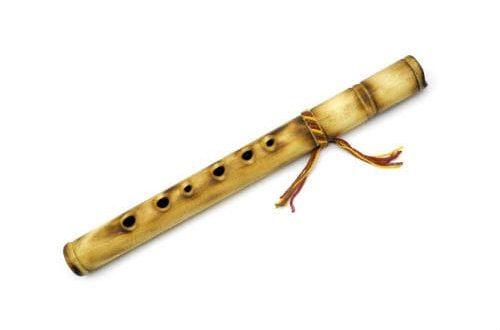
Kurai: description of the instrument, composition, history, types, manufacture, how to play
Contents
Kurai appeared in ancient times, was distributed among the Bashkir, Tatar population of the Earth. It was originally used for musical accompaniment of weddings, holidays, today it is part of orchestras and ensembles.
What is kurai
Kurai is classified as a group of wind musical instruments. Most of all, it is similar to the flute. It looks like a long pipe with air outlets located on the body.

Models differ in size: the length ranges from 120-1000 mm. Some varieties are equipped with a beating tongue inside, allowing you to diversify the sounds you extract.
The initial material for the tool was the dried stems of plants of the Umbelliferae family. Modern models are made from various bases: metal, wood.
The scale, timbre, diatonic range of kurai depend on various factors: size, material, design features. On average, the instrument has three full octaves in its arsenal. The scale is a combination of two major pentatonic scales.
Kurai sounds unusual: soulful, sublime, melancholy. It is difficult to perform a song to such music, more often it is accompanied by throat singing.
Устройство
The device is quite simple – a long straight body, hollow inside. Sometimes a tongue is located inside the case. Holes are located on the outer side: by clamping one or more, the musician extracts the sounds required in terms of height and timbre.
The length of the tool, the number of holes on the body are different. The classic model has the following parameters:
- length – 570-800 mm;
- diameter – 20 mm;
- number of holes – 5 (4 decorate the front side of the case, 1 – the back);
- hole diameter – 5-15 mm.
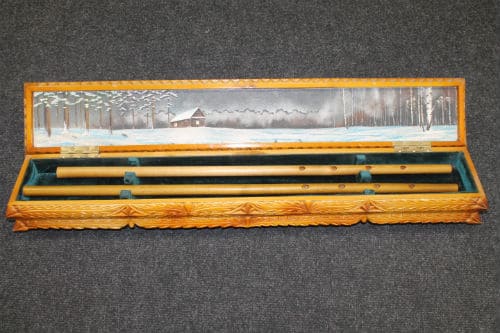
History of origin
The first documentary mentions of kurai date back to the XNUMXth-XNUMXth centuries. But its history is much longer: it is not known for certain when exactly the instrument was born. Tatars, Bashkirs have been playing it since time immemorial.
Musical devices like the flute were used by people even before the advent of our era, they were widespread, found in almost every world culture. Presumably, kurai came to the Tatars, Bashkirs from Asian neighbors – Mongols, Kazakhs.
For a long time, there was a dispute between Bashkortostan and Tatarstan, which of the peoples can rightly call kurai “their” national instrument. The truth turned out to be on the side of Bashkiria: the republic managed to patent the instrument as a territorial brand. Today it is officially considered the Bashkir national instrument, although the Tatar kurai is no less common.
The origin of kurai, according to the Bashkir legend, is associated with a young man who escaped a cruel death thanks to the invention of a musical instrument. Thrown out by the evil khan in a dense forest, he, having nothing to do, made a pipe from the stem of a plant, every day he played on it, gradually moving forward. So miraculously, he soon found himself near his native places. The villagers ran to the sounds of a beautiful melody, learned about how the khan dealt with the young men, ran to the palace, overthrew the despot. And kurai became a constant companion of the Bashkirs, as a symbol of deliverance from suffering.
Initially, only men played the instrument. Kuraists (people who play the kurai) before performing a work, they always told what it was about – some kind of legend, story, tale. These personalities were held in high esteem, as they were poets, musicians, composers, experts in folklore all rolled into one.
Old instruments were necessarily moistened with water before performance. The Play was accompanied in most cases by throat singing.
In the XNUMXth century, scholars and folklore collectors became interested in the Tatar (Bashkir) instrument. Kurai was carefully researched, described, classified.
In 1998, the Republican Kurai Union was created in Ufa for the first time, the purpose of which is to develop national traditions, preserve the spiritual heritage, and support musicians who know the technique of playing the kurai.
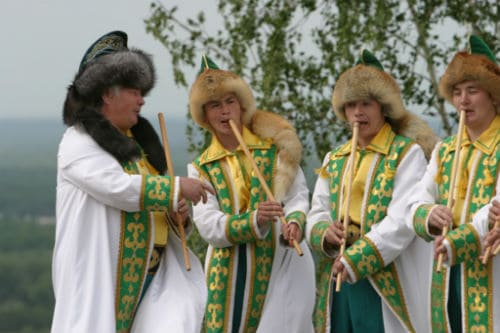
Varieties of kurai
In addition to the classic variety, there are a number of other modifications of kurai:
- Kopshe. An open longitudinal flute with 2 holes. Both are located on the front side: the first is about 6 fingers from the bottom edge, the next is five fingers higher.
- Agach. A wooden whistle flute. They are made from strictly defined species – maple, viburnum, walnut. The number of holes is different – 4-6. Length – 25-30 cm.
- Copper. Slotted whistle tool. Production material – brass, silver, aluminum. The diameter of the model is 20-23 mm, the body length is 26-26,5 cm. The number of holes is 7.
- Kazan. Longitudinal whistle flute cone-shaped. The base is already at the top by 10-15 mm. The total length is 58-80 cm. The Play holes are present in the amount of 2, 5,6,7 pieces.
- Nogai. Longitudinal whistle flute with two holes, body length 69 – 77,5 cm. It is considered a female variety of kurai.
- Kurai from straw. Equipped with a tongue, belongs to the group of aerophones. The basis of the body was the straw of cereal plants. The number of holes was cut at the discretion of the musician. A small tongue, about 2 cm long and a couple of millimeters wide, was cut out in the closed part of the straw.
How do kurai
According to all canons, a folk instrument should be made from the stems of umbrella plants. The following are ideal:
- archangel;
- strut;
- costal plant
The selected plant should not have defects, be smooth, even from the inside and outside. The ideal time for collecting material is the end of July – the beginning of August, after the end of the flowering of herbs.
The selected specimen is cut at the root, dried thoroughly in a room protected from light. Drying outdoors is possible. As soon as the stem has dried completely, it is given the required length, holes are cut out in the required amount.
Concert kurai are made from sliced veneer. The technology was patented in 1976, which made it possible to produce tools at industrial enterprises. The process does not require a lot of time, it is carried out using modern methods and technologies.
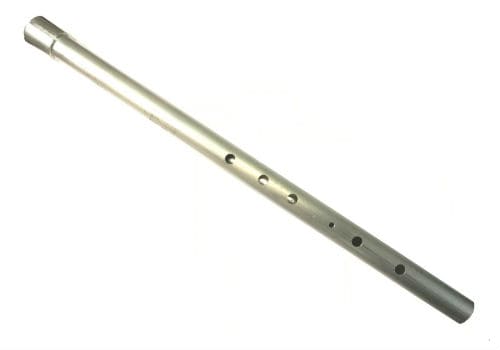
How to play kurai
Playing kurai requires proper control of the breath. Sounds of the desired height are extracted by closing (opening) the holes located along the body. The greater the number of holes, the richer the range of the instrument, the wider its ability to produce sound.
The musician places the body between the teeth, slightly covering it with the upper lip, and partially opening the lower lip, on the contrary. The tip of the tongue rests against the edge of the instrument. During the Play, the lips do not close, the tongue does not come off the edge. You can do this by gaining experience, constantly training.
National kurai melodies are accompanied by throat singing.
Using the tool
Kurai is part of the orchestras of folk instruments, organically looks in ensembles performing Bashkir, Tatar music. Suitable for performing lyrical songs, dances. The instrument often solos – its pleasant sounds do not need to be supplemented.



